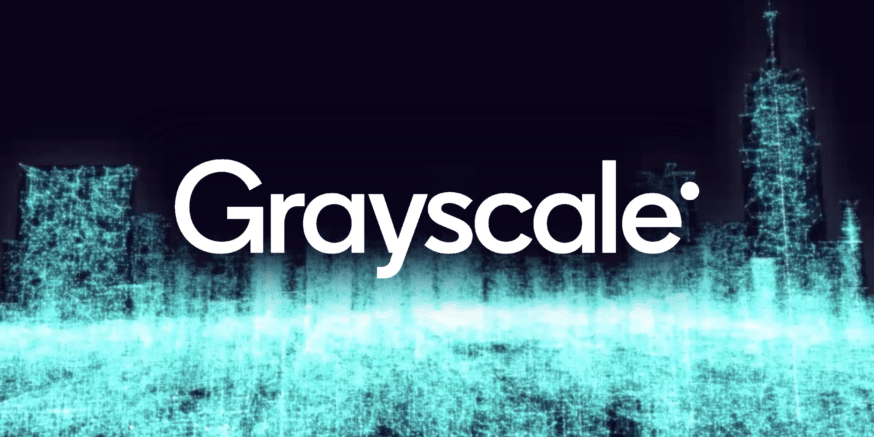TLDR
- Grayscale staked 32,000 ETH worth $150M in its Ethereum ETFs on October 6.
- BlackRock’s Ethereum ETF saw $92M in inflows while Grayscale’s ETFs fell short.
- Grayscale offers staking rewards as cash or reinvests for compounded growth.
- Ethereum price rises 4% to $4,707, fueling hopes for fresh all-time highs.
Grayscale has marked a significant milestone with the launch of its staking facility for the Ethereum ETFs, ETHE and ETH. On October 6, the firm staked a total of 32,000 ETH, worth approximately $150 million, in both of its Ethereum ETFs. While this move highlights Grayscale’s attempt to attract institutional capital, the ETF inflows fell short of expectations, with figures well below other competitors in the space.
Grayscale’s Ethereum Staking Launch
Grayscale announced the debut of its Ethereum staking service for the ETHE and ETH ETFs on October 6. The staking involved 32,000 ETH, which equates to about $150.56 million at current prices. This addition gives Grayscale’s ETFs a unique edge by allowing investors to earn staking rewards from Ethereum, providing them with direct exposure to Ethereum’s staking process.
The two Grayscale funds offer distinct options for investors. The Grayscale Ethereum Trust (ETHE) will distribute staking rewards in the form of cash payouts, catering to those who seek regular income. On the other hand, the Grayscale Ethereum Mini Trust (ETH) will reinvest these staking rewards into the fund’s net asset value (NAV), allowing for compounded growth over time.
Staking May Enhance Returns but Limited Inflows
Despite the addition of staking to Grayscale’s Ethereum ETFs, the funds saw limited inflows on their debut day. ETHE and ETH together brought in under $20 million in new investments, with ETHE receiving $14.8 million and ETH attracting $18.7 million. This was considerably lower compared to other Ethereum ETFs launched by major players like BlackRock.
Grayscale’s move into staking is designed to offer enhanced returns for investors, which could potentially draw in more institutional capital. However, the low inflows indicate that the market response was more reserved than expected. Analysts are noting that the relatively modest inflows could be attributed to several factors, including investor caution or preference for other Ethereum products that offer more robust staking solutions or larger volumes.
BlackRock’s Ethereum ETF Leads in Inflows
In contrast to Grayscale’s modest inflows, BlackRock’s Ethereum ETF, the iShares Ethereum Trust (ETHA), saw significant interest from investors. On the same day as Grayscale’s launch, ETHA recorded $92 million in inflows. This marked the largest single-day inflow for any Ethereum ETF. Additionally, ETHA’s trading volume reached $2 billion, highlighting sustained institutional demand.
BlackRock’s Ethereum ETF has also seen a notable increase in value, with its share price rising 4.47%, reaching an all-time high of $35.79. Since its launch, ETHA has grown by nearly 200% from its April lows. With assets under management (AUM) now exceeding $18.5 billion, BlackRock’s Ethereum ETF has garnered significant attention, showing strong demand for a more traditional and established approach to Ethereum exposure.
Ethereum Price Action Shows Strong Upward Momentum
Ethereum’s price has also seen notable movement, with the cryptocurrency surpassing $4,707 on October 6. The price of ETH jumped 4% following the announcements of the ETF staking facilities, suggesting strong market interest in Ethereum despite the modest ETF inflows. This price movement has fueled optimism that Ethereum could be on the verge of reaching new all-time highs.
Market observers are noting that the positive price action may continue, particularly as institutional interest in Ethereum grows. As more investors turn to Ethereum, particularly through ETFs, the overall demand for Ethereum and Ethereum-related financial products is expected to rise, which could lead to further price gains in the near future.
Grayscale’s entry into Ethereum staking signals an ongoing shift toward institutional-grade Ethereum exposure, though the company’s ETFs have faced early challenges in attracting capital. While BlackRock leads the pack in inflows, the competition between these funds highlights the evolving landscape of Ethereum investment.






